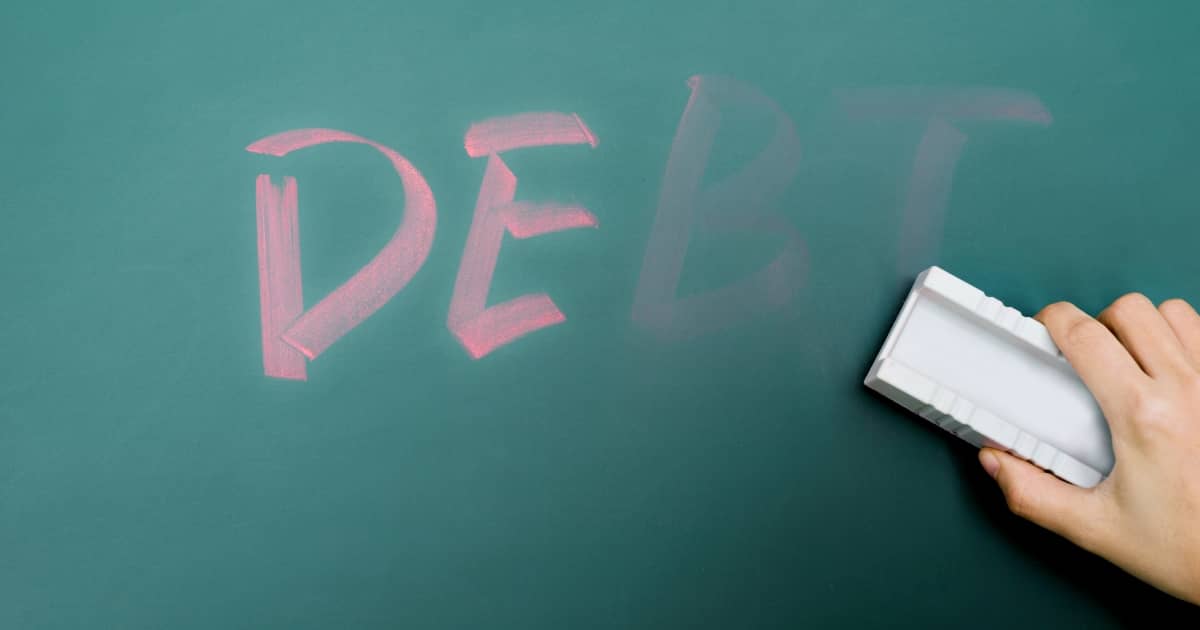[vc_row][vc_column][vc_column_text]For most individuals who are severely in debt and considering bankruptcy, there are two options to choose from: Chapter 7 and Chapter 13. These names refer to their specific place in U.S. legal code, but do have proper names under the law. Chapter 7 refers to liquidation while Chapter 13 refers to adjustment of debts of an individual with regular income. More commonly, Chapter 7 bankruptcy is commonly referred to as a "straight bankruptcy" or "liquidation bankruptcy". Chapter 13 is commonly called the "wage earner's bankruptcy". The differences between the two types of personal bankruptcy are important for people looking for a fresh financial start.
Chapter 7 is the most common type of bankruptcy. Liquidation bankruptcy does exactly what it says, liquidizing assets and using those funds to repay creditors. As the goal of bankruptcy is to allow a person in debt to start over with a fresh financial future, several types of assets are considered exempt. It would defeat the purpose of a bankruptcy if it stopped the person in debt from earning a living, so things such as wages, home equity, cars or trucks, tools of the trade, and more are protected from liquidation. And even better, most straight bankruptcies resolve without the loss of any assets whatsoever. However, there are also limitations as to what type of debt can be erased. Student loans, income taxes, and child support are among the types of debt that will remain after a Chapter 7 bankruptcy, as does the risk of home foreclosure. People in debt considering a Chapter 7 filing must meet a means test.
Chapter 13 is different in that it requires debt repayment, but no assets are at risk. A wage earner's bankruptcy is, as the name implies, for individuals with a regular income who do not qualify for Chapter 7. Eligibility for Chapter 13 bankruptcy is determined on the amount of debt an individual has. If debt levels are beneath the limits, a debt repayment plan is created for the applicant. In most cases, the person in debt will make payments for three to five years. Once the repayment plan has finished, the remaining negotiated debts will be discharged. A Chapter 13 filing will stop any foreclosure proceedings and protect the applicant from foreclosure as long as currently due mortgage payments are made.
There are many more subtle differences between these two types of personal bankruptcy. A bankruptcy attorney can help explain the differences to you and pursue the debt relief option most suitable for your personal financial situation. The Law Offices of Scott Warmuth provides free consultations to people seeking a new financial path forward. Call us today at 888-517-9888![/vc_column_text][/vc_column][/vc_row]
The Differences between Chapter 7 and Chapter 13 Bankruptcy
Topics: Debt Relief
May 01st, 2020








